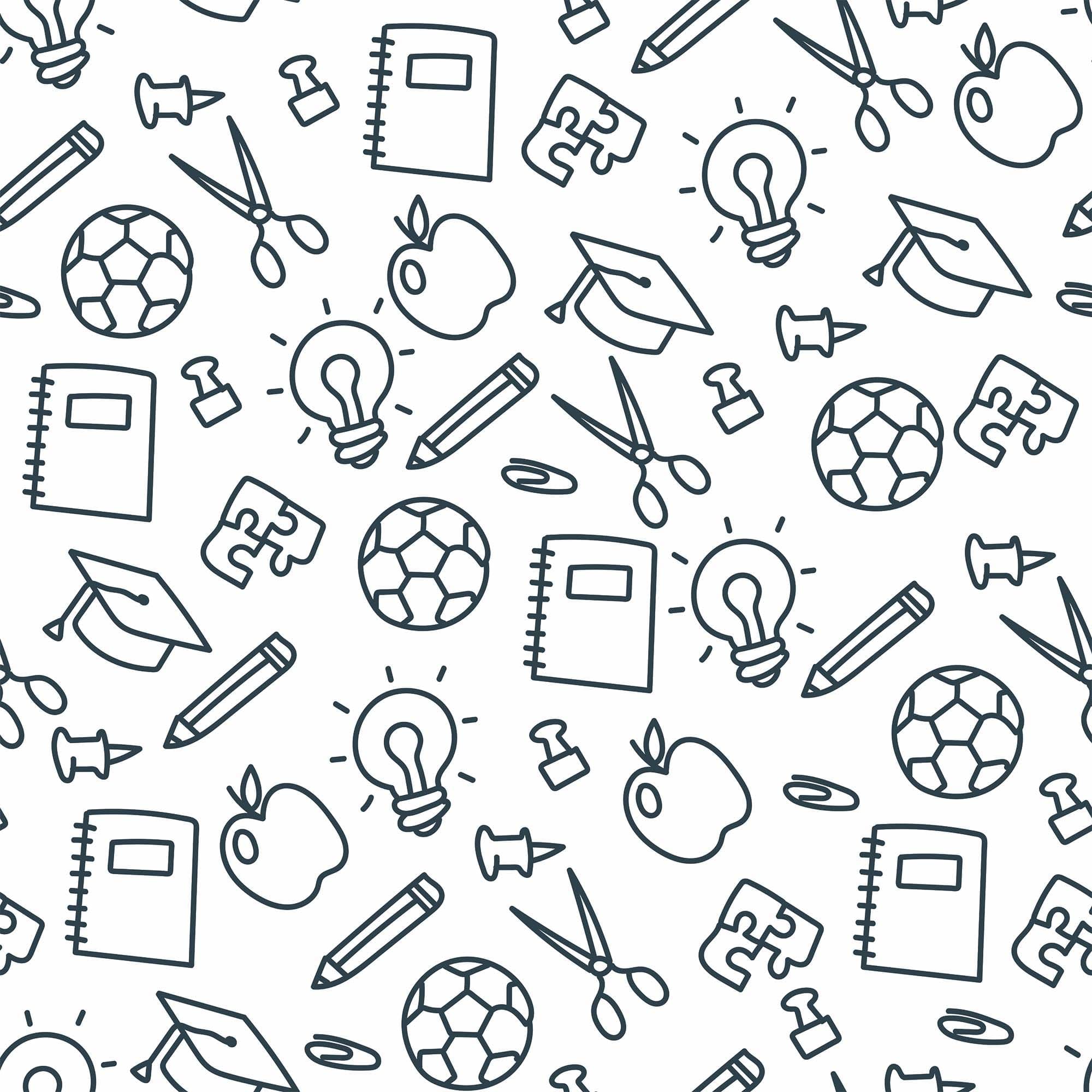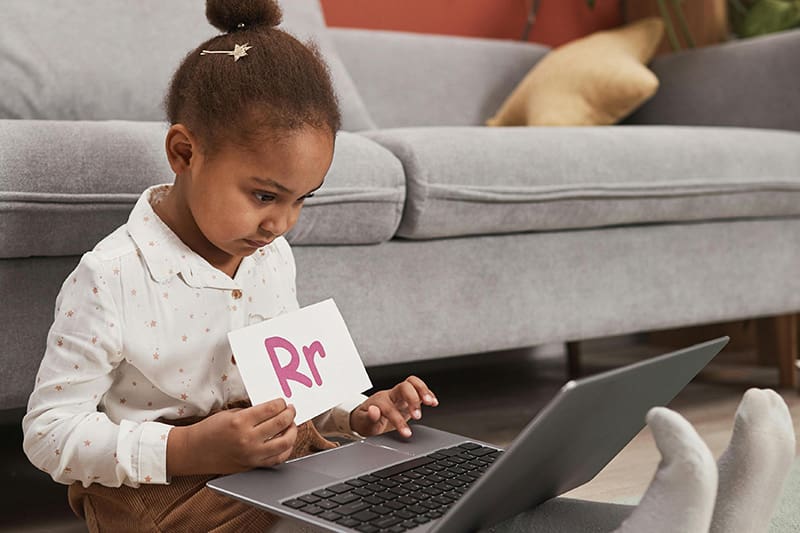The /r/ sound is a particularly tricky letter to teach because the way your mouth produces the sound changes depending on the other letters it is combined with. In fact, there are 8 different vocalizations of the letter /r/: /ar/, /air/, /ear/, /ire/, /or/, /er/, /rl/, and the simple /r/ by itself. Furthermore, the sound of each vocalization is affected by its placement at the beginning, middle or end of a word. The website SayItRight.org is a great resource devoted entirely to understanding and facilitating the pronunciation of the /r/ sound. Here is a great article on their site describing the complexity of the /r/ sound.
Generally, the sound is made by bringing the tongue up and to the back of the mouth. While the bulk of the tongue rests on the roof of the mouth between the hard palate and the soft palate, the tip of the tongue hovers just below the hard palate. The sound is voiced, which means that the sound that /r/ produces comes from the vibration of the speaker’s vocal cords.
Since the /r/ sound is so challenging, both to speak and to teach, it is very important to track your child’s progress with the sound. Catching problems early makes it significantly easier for a licensed speech pathologist to help remediate problems with this difficult sound. Children usually begin getting the sound at two and a half years and should master it by age seven. If your child is eight years old and is still unable to correctly form the sound, it is strongly recommended that you seek the help of a children’s speech therapist to help your child get back on track with his or her speech.
There are also many great activities you can do at home with your little one to help stimulate their articulation. Regularly focusing on specific sounds with your child also gives you a way to actively monitor their progress and identify any problems. Try these tips with your kiddo:
- Verbal cues
Because the /r/ sound changes with the vowel it is attached to, it often helps to use a vowel sound to lead into the pronunciation of /r/. Begin by saying a long “eee” for your child. Hold it for a few seconds, to show that the sound continues. Gradually combine it with the /r/ sound, “eeee-rrrr”. Your child should be able to turn the /e/ sound into the /r/ sound this way. Practice the same with other vowels.
- Visual Cues
The /r/ sound happens inside of the mouth and is guided by the movement of the tongue, which is difficult to see and to communicate to your little one. To help with this, use a visual cue to show the tongue movement to your child. Kim Marino details several great cues, such as putting your arm out in front of you and then pulling it up and in towards your body as you make the /r/ sound to demonstrate how your tongue is moving to your little one.
- Tactile Cues
With certain sounds, such as the /r/ sound, speech therapists have found that tools that help kids position their mouth correctly show great success in improving articulation. Many companies, such as Speech Buddies, offer fun, colorful implements to guide kids’ tongue placement.
Despite its difficulties, the /r/ sound can be tremendous fun for you and your little one. As a fun activity to practice articulation, pretend you and your child are wild animals and “grrrrowl” like a bear, “rrrroarr” like a tiger, and bark like a dog, “rrruff, rrruff!” Think of other fun characters that are known for their /r/ use, such as pirates (“Arrgh!”) or use every day moments to incorporate the sound, such as “brrrrr, it’s cold!!” Use your imagination!












